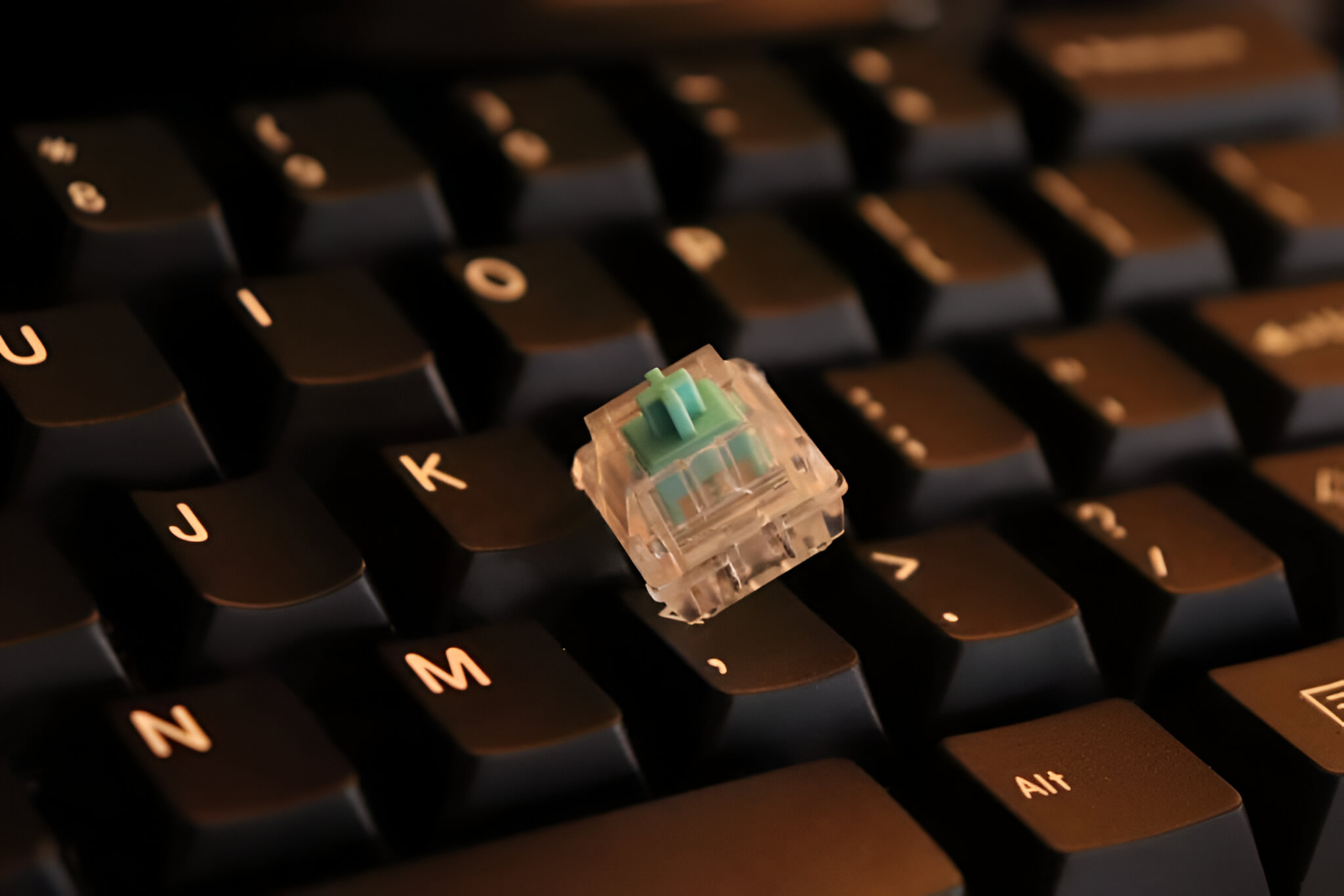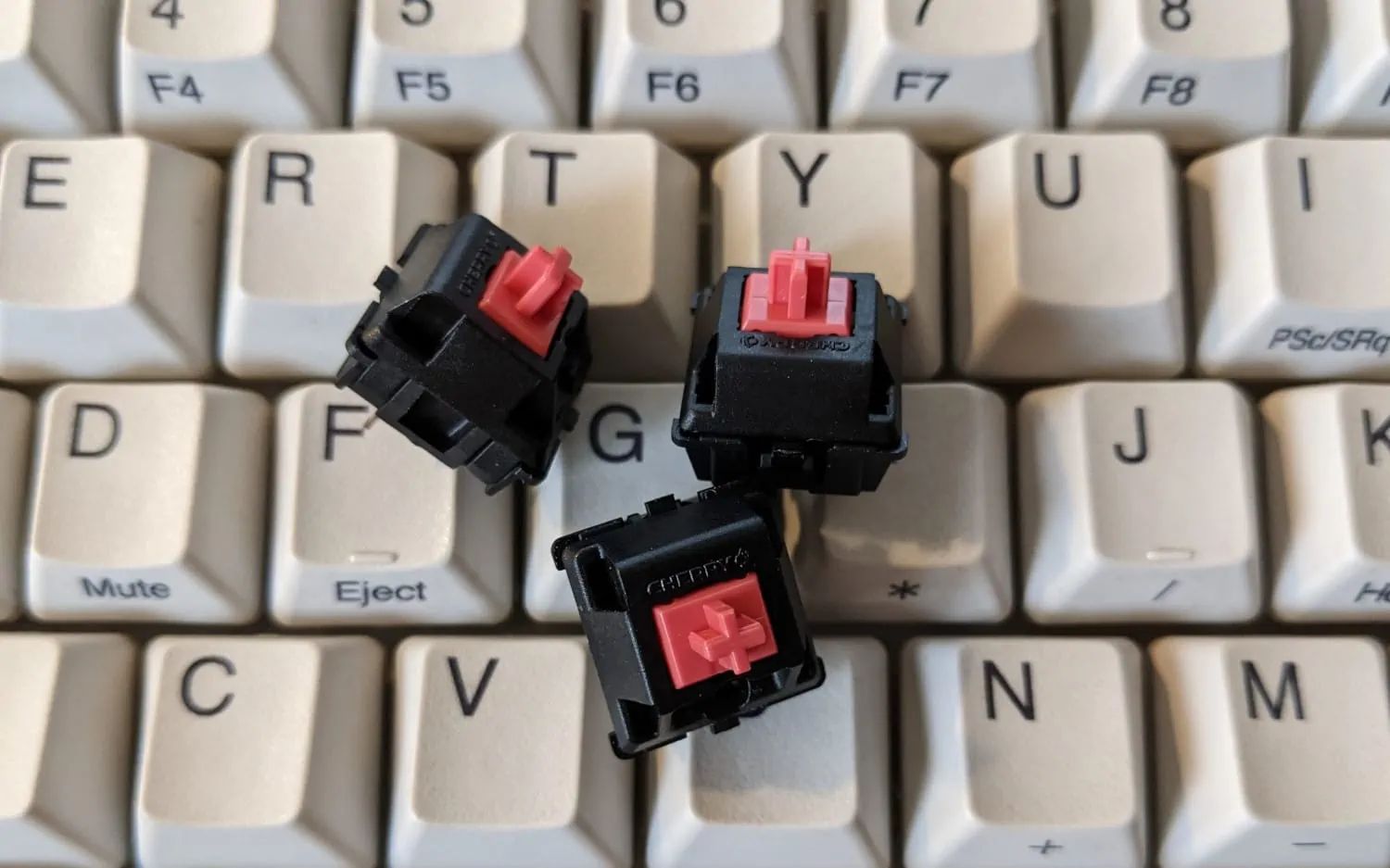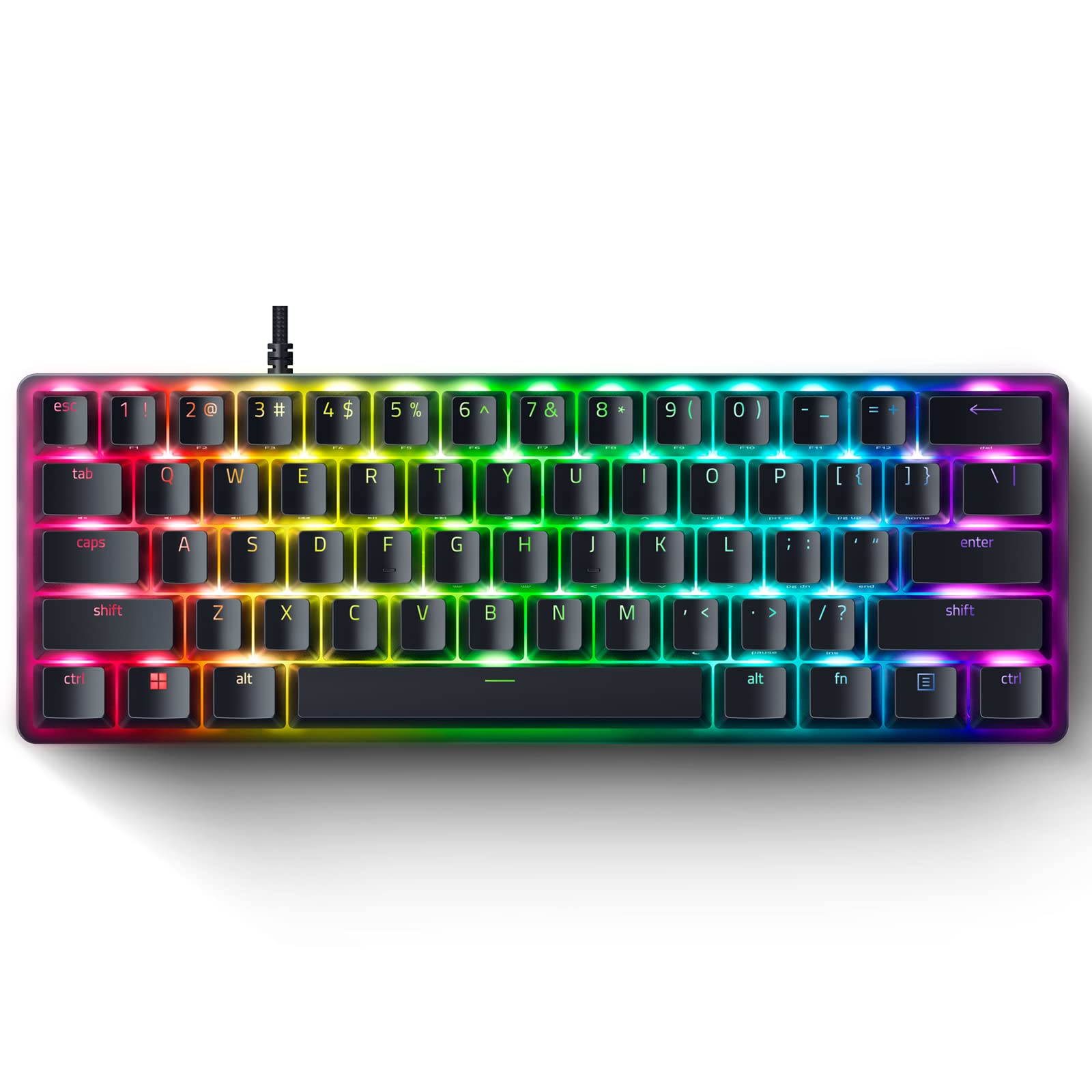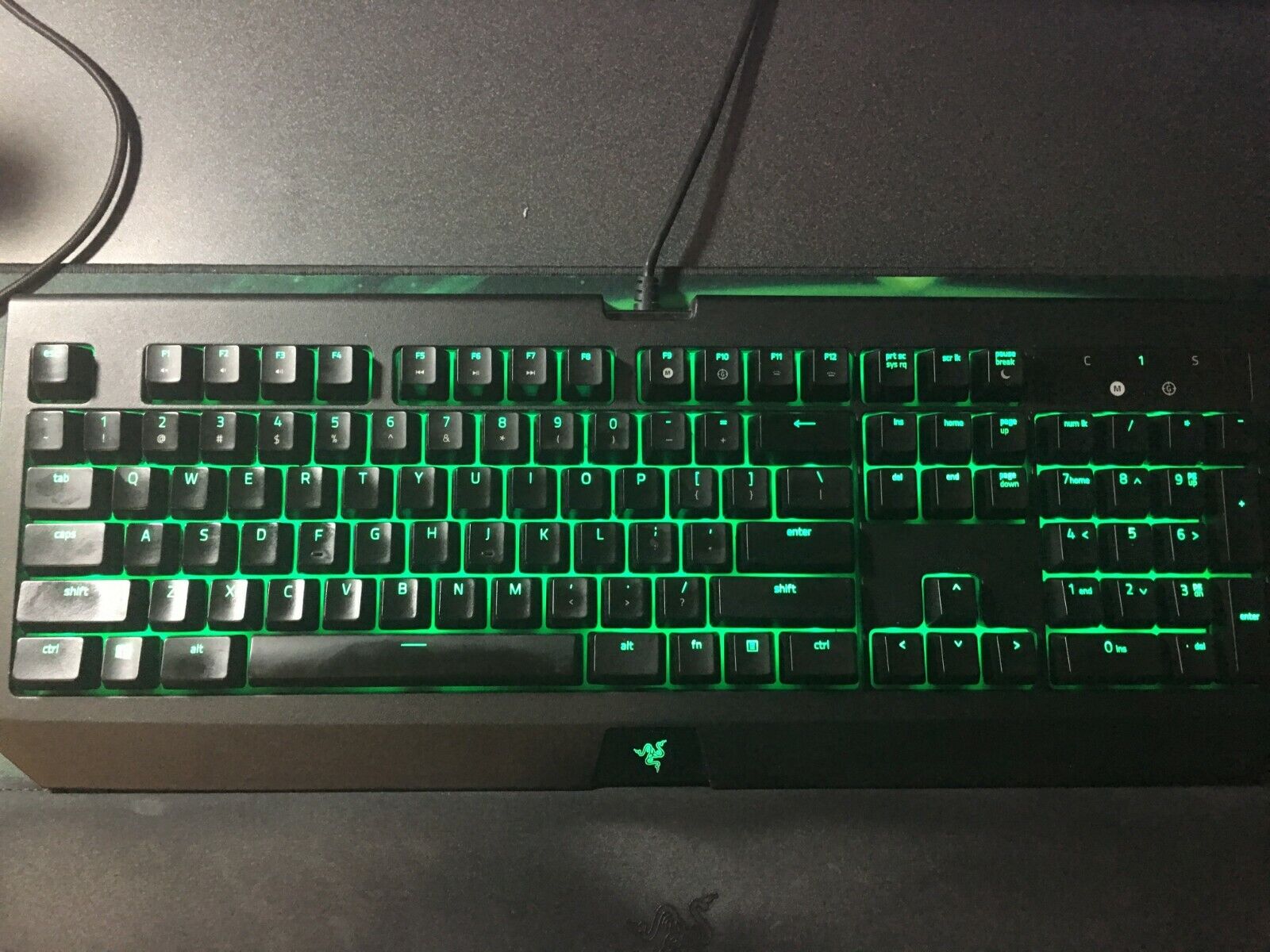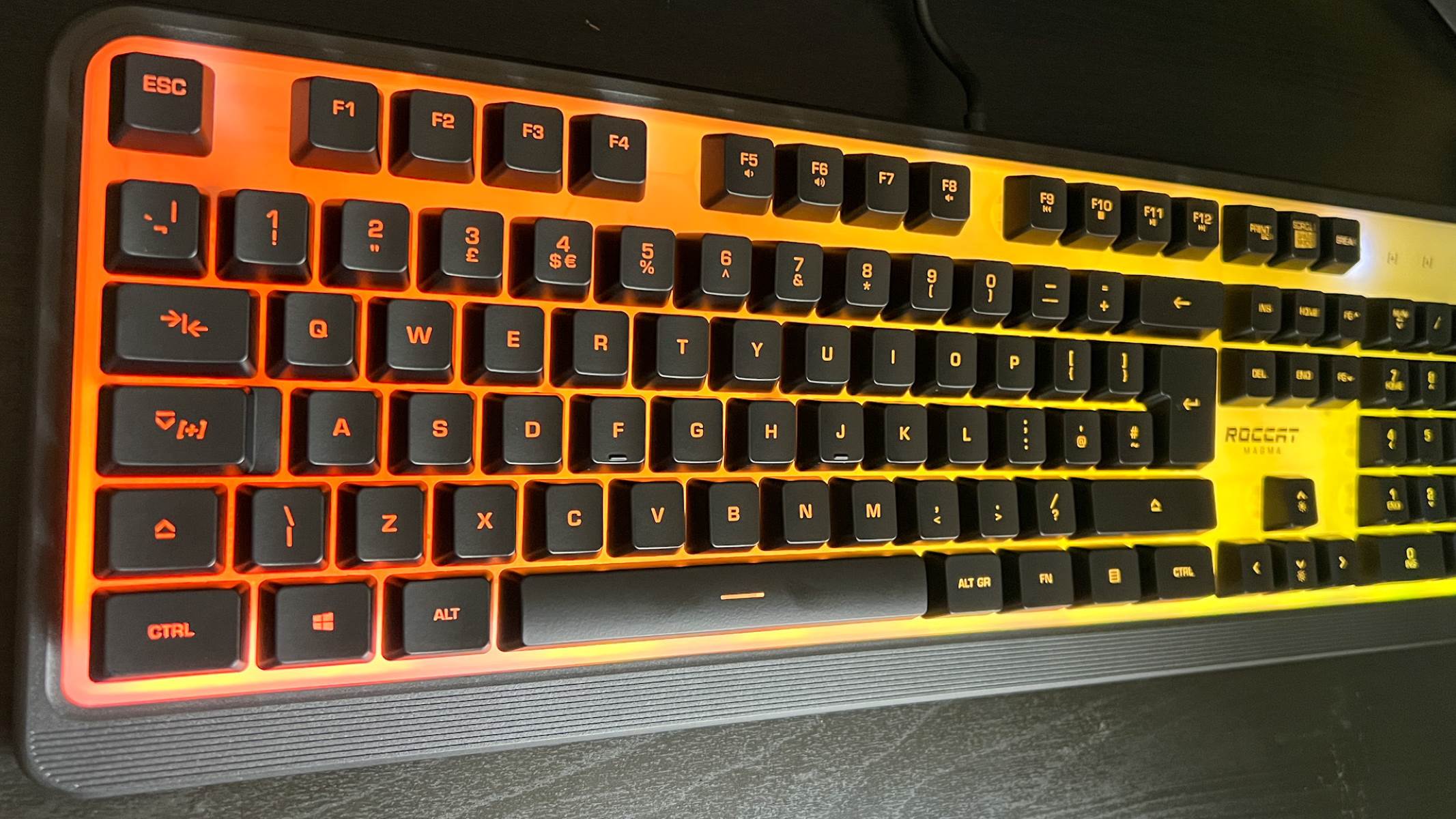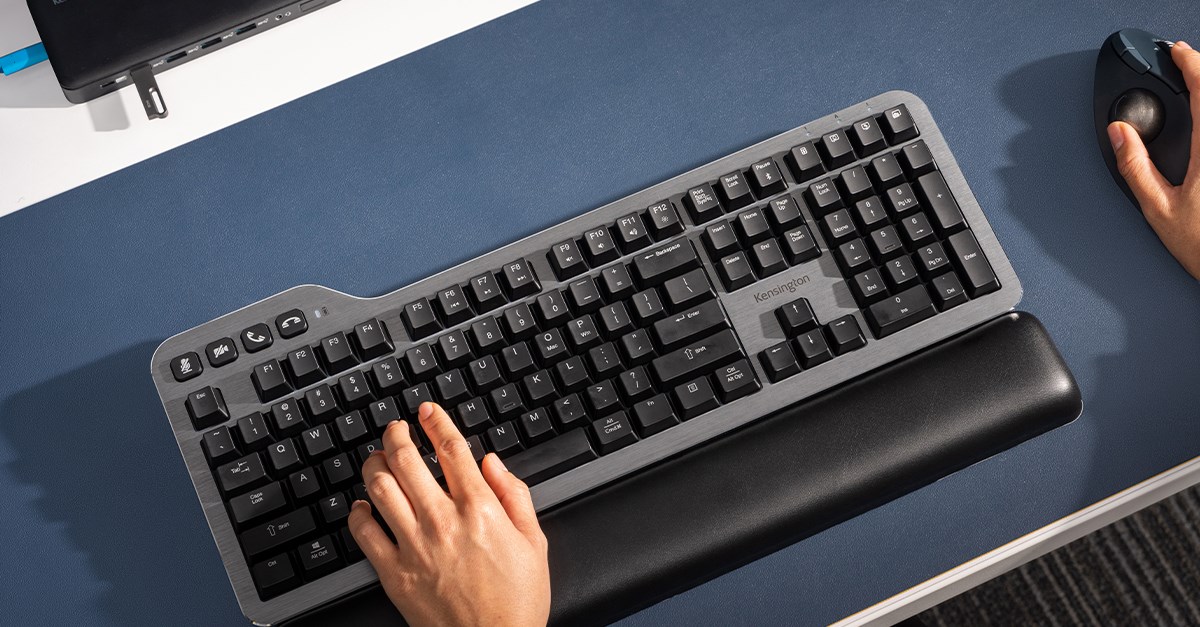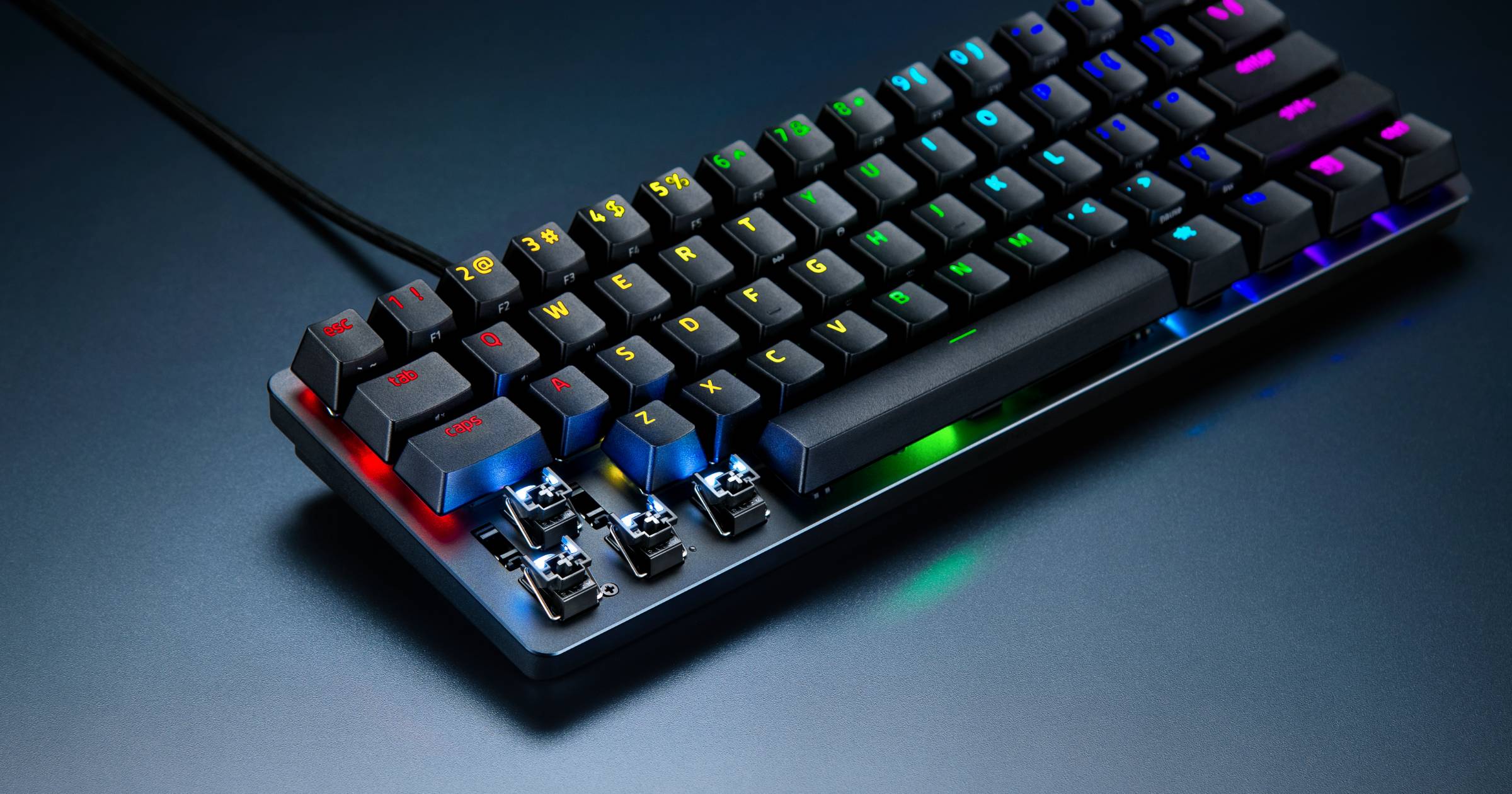Introduction
Introduction
When it comes to the world of keyboards, the debate over mechanical versus membrane switches is ongoing. Mechanical keyboards have gained popularity due to their tactile feedback, durability, and customizable typing experience. However, one factor that often deters potential users is the noise level associated with mechanical switches. The distinct "click-clack" sound produced by traditional mechanical keyboards can be disruptive in quiet environments, such as offices or libraries, prompting the search for a quieter alternative.
In response to this demand, manufacturers have developed innovative mechanical keyboard switches that prioritize silence without compromising the tactile feel and responsiveness that users love. These silent switches cater to a diverse audience, including gamers, programmers, writers, and office workers who seek a quieter typing experience without sacrificing the benefits of mechanical keyboards.
In this article, we delve into the realm of mechanical keyboard switches, exploring the factors that contribute to keyboard noise and the development of silent switches. Whether you are a seasoned mechanical keyboard enthusiast or a newcomer intrigued by the prospect of a quieter typing experience, understanding the intricacies of silent mechanical switches can guide you in making an informed decision that aligns with your preferences and environment.
Let's embark on a journey to uncover the most silent mechanical keyboard switches and gain insight into the technology and design that enables a harmonious blend of tactile satisfaction and tranquility.
What Are Mechanical Keyboard Switches?
Mechanical keyboard switches are individual components beneath the keys that register keystrokes. Unlike membrane keyboards that rely on a single rubber membrane for all keys, each key on a mechanical keyboard has its own switch, providing a distinct tactile feel and audible feedback. These switches are crucial in determining the typing experience, offering varying levels of actuation force, tactile feedback, and audibility.
One of the defining characteristics of mechanical switches is their construction, which typically includes a housing, a spring, and a stem. When a key is pressed, the stem moves, compressing the spring and completing the circuit, registering the keystroke. This design contributes to the tactile feedback and audible click associated with traditional mechanical switches.
There are several types of mechanical switches, each offering unique characteristics that cater to different preferences. The most common switch categories include:
- Linear Switches: These switches offer a smooth keystroke without tactile feedback or audible click, making them ideal for fast and quiet typing.
- Tactile Switches: Tactile switches provide a noticeable bump when a key is actuated, offering tactile feedback without producing excessive noise.
- Clicky Switches: Clicky switches deliver both tactile feedback and an audible click, resulting in a distinct sound with each keystroke.
Each switch type appeals to different user preferences, whether they prioritize a silent typing experience, precise tactile feedback, or a combination of both. The diverse range of mechanical switches allows users to customize their typing experience based on their specific needs and preferences.
Understanding the anatomy and characteristics of mechanical keyboard switches is essential in selecting the most suitable switch type for individual requirements. As we explore the quest for silent mechanical keyboard switches, the unique attributes of each switch type will play a pivotal role in identifying the most silent and satisfying option for users seeking a quieter typing experience.
Factors Affecting Keyboard Noise
Keyboard noise, particularly in mechanical keyboards, is influenced by various factors that contribute to the overall sound profile of the typing experience. Understanding these factors can shed light on the mechanisms behind keyboard noise and the measures taken to mitigate it.
Switch Type: The type of switch used in a mechanical keyboard significantly impacts the noise level. Clicky switches, known for their audible click with each keystroke, inherently produce more noise compared to linear or tactile switches. By selecting a switch type that prioritizes silence, users can minimize the disruptive sound associated with traditional mechanical keyboards.
Keycap Material: The material composition of keycaps can affect the acoustics of typing. Keycaps made of ABS (Acrylonitrile Butadiene Styrene) or PBT (Polybutylene Terephthalate) exhibit different sound characteristics when pressed. PBT keycaps, known for their denser and more durable construction, tend to produce a lower-pitched and quieter sound compared to ABS keycaps.
Internal Dampening: Some mechanical keyboards incorporate internal dampening materials or techniques to reduce noise. These measures, such as rubber dampeners or foam layers inside the keyboard housing, help absorb and dampen the sound produced when keys are pressed, resulting in a quieter typing experience without compromising the tactile feel of the switches.
Actuation Force: The amount of force required to actuate a key can influence the noise level during typing. Higher actuation forces may result in louder keystrokes, especially if the keys bottom out with a noticeable impact. Switches with lower actuation forces can facilitate quieter typing by reducing the impact and resulting noise when keys are pressed.
Typing Technique: The manner in which individuals type can also contribute to keyboard noise. Rapid and forceful typing, commonly known as "bottoming out," can generate more sound as keys make contact with the keyboard base. Adopting a lighter and more controlled typing technique, where keys are not forcefully bottomed out, can help minimize the noise produced during typing.
By considering these factors, keyboard manufacturers and users alike can explore strategies to minimize keyboard noise, paving the way for a more serene and enjoyable typing experience in various settings.
The Most Silent Mechanical Keyboard Switches
As the demand for quieter mechanical keyboards continues to rise, keyboard manufacturers have developed innovative switches that prioritize silence without compromising the tactile satisfaction and responsiveness associated with mechanical keyboards. These silent switches cater to users who seek a tranquil typing experience, making them suitable for office environments, shared workspaces, and home settings where noise reduction is paramount.
One of the leading contenders in the realm of silent mechanical switches is the Cherry MX Silent Red switch. Renowned for its whisper-quiet operation, the Cherry MX Silent Red switch features a linear design with a reduced actuation force, resulting in a smooth and nearly silent typing experience. The incorporation of dampening components within the switch minimizes key noise, making it an ideal choice for users who prioritize a tranquil workspace without sacrificing the benefits of a mechanical keyboard.
Another notable entry in the realm of silent switches is the Cherry MX Silent Black switch. Similar to its red counterpart, the Cherry MX Silent Black switch offers a linear keystroke with reduced actuation force, coupled with internal dampening to diminish typing noise. This switch is well-suited for individuals who prefer a more substantial actuation force while maintaining a quiet typing environment.
In addition to Cherry MX switches, other manufacturers have introduced their versions of silent mechanical switches to accommodate diverse user preferences. For instance, the Gateron Silent Red and Gateron Silent Black switches provide alternatives to the Cherry MX counterparts, offering a quieter typing experience with their linear design and noise-reducing features.
Furthermore, the Kailh Silent Box switches, known for their innovative design incorporating a dampened stem, deliver a subdued typing sound while retaining the tactile feedback cherished by mechanical keyboard enthusiasts. These switches cater to users who value both silence and tactile responsiveness, striking a harmonious balance between quiet operation and satisfying keystrokes.
As the landscape of mechanical keyboard switches continues to evolve, the availability of silent switch options expands, providing users with a diverse selection to tailor their typing experience to their specific preferences and environmental considerations. Whether it’s the whisper-quiet performance of Cherry MX Silent switches or the alternative offerings from Gateron and Kailh, the quest for the most silent mechanical keyboard switches presents users with an array of choices to curate a tranquil and personalized typing experience.
Conclusion
The quest for silent mechanical keyboard switches has led to the development of innovative solutions that cater to users seeking a quieter typing experience. With a focus on reducing noise without compromising tactile feedback and responsiveness, manufacturers have introduced a range of silent switches that address the diverse preferences and requirements of keyboard enthusiasts and professionals.
By exploring the factors influencing keyboard noise and the design elements of silent mechanical switches, users can make informed decisions when selecting a switch type that aligns with their desired typing experience. Whether it’s the subdued operation of Cherry MX Silent switches, the alternative offerings from Gateron and Kailh, or other proprietary silent switches, the market offers a plethora of options to suit various typing styles and environmental considerations.
The evolution of silent mechanical switches not only enhances the acoustic landscape of mechanical keyboards but also expands the accessibility of these keyboards in noise-sensitive environments such as offices, libraries, and shared workspaces. The harmonious blend of tranquility and tactile satisfaction achieved by silent switches empowers users to embrace the benefits of mechanical keyboards without disrupting their surroundings.
As technology continues to advance, the realm of mechanical keyboard switches will likely witness further innovations, presenting users with an ever-expanding array of silent switch options. This progression underscores the commitment to providing a customizable and enriching typing experience that resonates with the diverse needs and preferences of keyboard enthusiasts and professionals alike.
Ultimately, the pursuit of the most silent mechanical keyboard switches reflects a harmonious convergence of technology, design, and user-centric innovation, offering a symphony of tranquility in the realm of mechanical keyboards.







